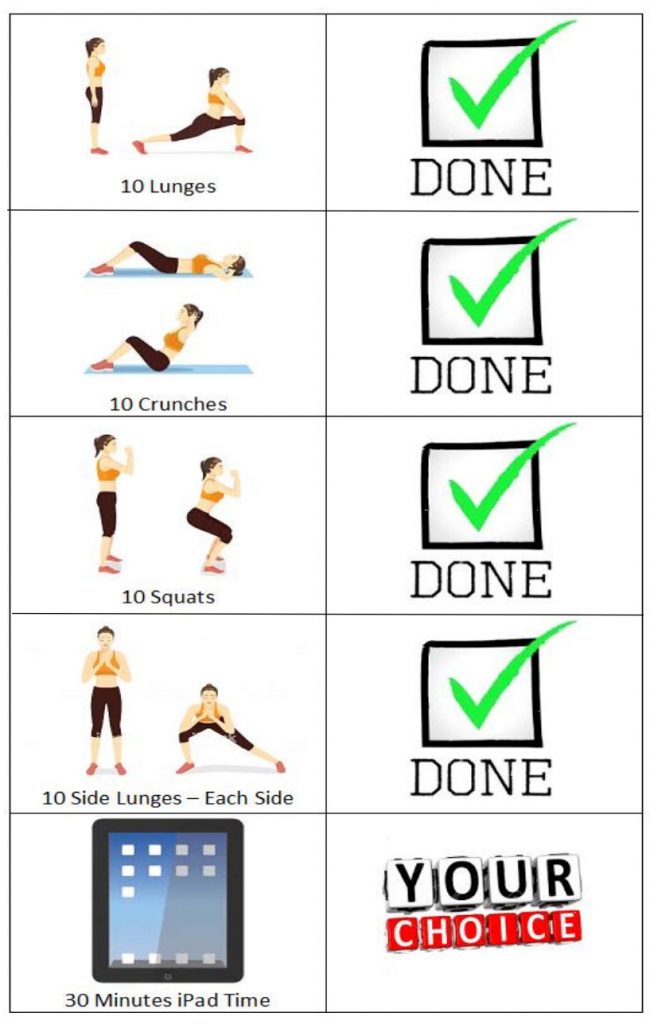
Activity schedules (also referred to as visual schedules) are often used to help individuals understand daily events in their lives. Activity schedules are made up of a series of pictures (photographs, line drawings) or words to communicate a sequence of activities/events/transitions or the steps of a specific activity. The choice to use pictures or words will depend on the communication skills of the individual.
Label pictures with the exact words that you and others will use to refer to the activity. For example, it can be confusing to the individual if one person uses the term washroom and another person says toilet.
How to Use A Schedule
- Identify which visuals are available for the day (e.g., activities and outings).
- Build your schedule according to the routines the individual will be engaging in for the day.
- If there is flexibility in the schedule such as offering choices be sure to have those picture options available (attached to the board or nearby).
- Review the schedule with the individual.
- Use a first /then approach to transition throughout the schedule (e.g., “first shower, then breakfast”).
- Once the activity is completed, remove the visual from the board saying for example, “breakfast is finished”.
- Continue these steps (4-6) until the end of the schedule.

Tips & Tricks for Creating Your Own Schedule
There are some important elements that should be included when creating an activity schedule:
- Use consistent language to name the activity or event
- Point to the picture when naming the activity or event
- Each picture should be removed or turned over to represent it being “finished”
Independent Activity Schedules
Independent activity schedules are a set of pictures or words that prompts an individual to engage in a specific sequence of activities. Depending on the individual’s capabilities, the activity can be detailed and broken down into its specific parts, or it can be general, using one picture to cue the individual to engage in the activity. Decrease the use of graduated guidance (physical prompts) as the individual becomes more independent in the task.
The purpose of using independent activity schedules is to teach individuals to perform a set of activities or tasks eventually without the need for guidance or prompting from others. The use of these schedules increases independence and autonomy in the individuals we support, as well as creating structure throughout their day.
Tips for Teaching An Individual to Use An Independent Schedule
- The schedule should be set up with the pictures or words necessary and ensure that all of the components of the activity are accessible. For example, if the individual is learning to make toast, provide the bread, butter, toaster and utensils.
- Have the individual pick an activity or an item to “work for” once they have completed their schedule.
- When prompting the individual through the schedule, make sure to stand behind the individual (graduated guidance).
- The individual should point to each activity and complete them in sequence. It is important to indicate when one activity has been completed before moving on to the next one.
- As the individual develops independence, you can fade out prompting. Try not to use any verbal prompts, as they are the hardest to fade out.

Visit ConnectABILITY’s visual engine to create your own activity schedule or visual guide.
This article was written by the Clinical Supports Team at Community Living Toronto.
